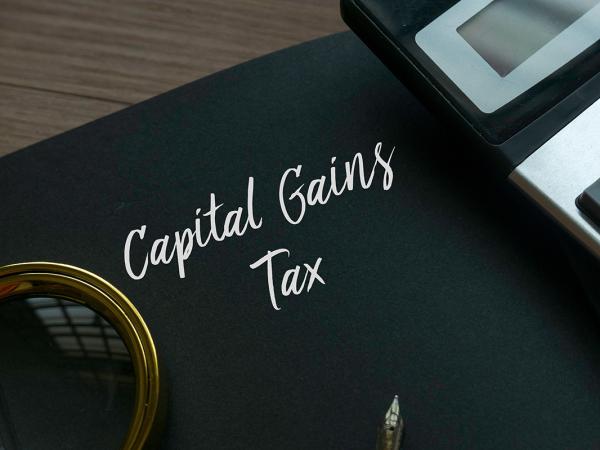Capital losses
On this page, we discuss briefly what happens if you make a loss when you dispose of an asset, or if the asset is lost or destroyed.

Content on this page:
Overview
When you dispose of an asset to someone who is not connected to you, and you make a loss, assuming the transaction was at arm’s length (in other words there was no element of gift), you may be able to use the loss to reduce your gains that are chargeable to tax.
You must first set any loss against any other capital gains made in the same tax year. This is the case even if the gains are covered by your annual exemption (this means you may waste your annual exempt amount).
If, after doing this, you still have losses remaining, you should let HMRC know so that you can carry them forward and use them in a later year. We discuss how to do this in our page Capital gains tax reporting. You cannot carry losses back to a previous tax year, except where assets have been disposed of by a taxpayer in the part of a tax year before death. See HMRC’s capital gains manual CG30430 for the carry back of losses when someone has died.
Losses made from the sale of capital assets are not allowed to be offset against income, other than in very specific circumstances (broadly if you have disposed of qualifying trading company shares).
You cannot claim a loss made on the disposal of an asset that is exempt from capital gains tax (CGT). We cover separately the situation if you are disposing of a property which has at some point been your only or main home.
Note that if you dispose of an asset by gift or at less than its market value to a connected party, such as a close relative (our page on gifts explains further), or to an unconnected party other than by way of an arm’s length transaction, relief for the loss that arises is restricted. HMRC’s capital gains manual CG14561 explains further.
Assets that are lost or destroyed
If you have a capital asset that is lost or destroyed, you treat this as a disposal.
If you receive compensation, the amount of compensation you receive is treated as the sales proceeds.
If you do not receive any compensation, your sale proceeds are effectively nil. In this case, you may be able to claim relief for a loss.
Shares of negligible value
Sometimes shares you own may lose all or most of their value. This can happen when the company involved either just stops trading or goes into liquidation or receivership.
If you own shares that are now of no value and therefore worthless, or almost worthless, you might be able to make a ‘negligible value claim’.
When you make a negligible value claim, if all the conditions are met, you are treated as if you sold the shares and then bought them back again at their negligible value (thereby creating a loss) on the earliest of the following dates:
- The date that HMRC receive the claim.
- A date you specify on the claim, that may be in either of the two previous tax years, if the shares became worthless or almost worthless at that time or earlier. This allows you to treat the loss as arising in a different tax year – this may be important if you have large gains in one of the two years as it could help you minimise any CGT bill.
You then work out your capital loss as if you sold the shares for their negligible value on that date.
HMRC publish a list of companies whose shares they consider have become worthless.
If the shares that have become worthless are not in a company quoted on the stock exchange, but in a private company, for example, a family trading company, you may be able to set off your loss against income of the same tax year in which the loss is made or the previous one. For more detailed information have a look at HMRC helpsheet 286.
If you do not normally complete a tax return, you shouldwrite to HMRC to claim any capital losses or you may lose them. In these circumstances you normally have four years from the end of the tax year when you want to make the claim to actually make the claim for losses. Therefore, a claim for a loss arising in the tax year which ended on 5 April 2024 would have to be made by 5 April 2028.



